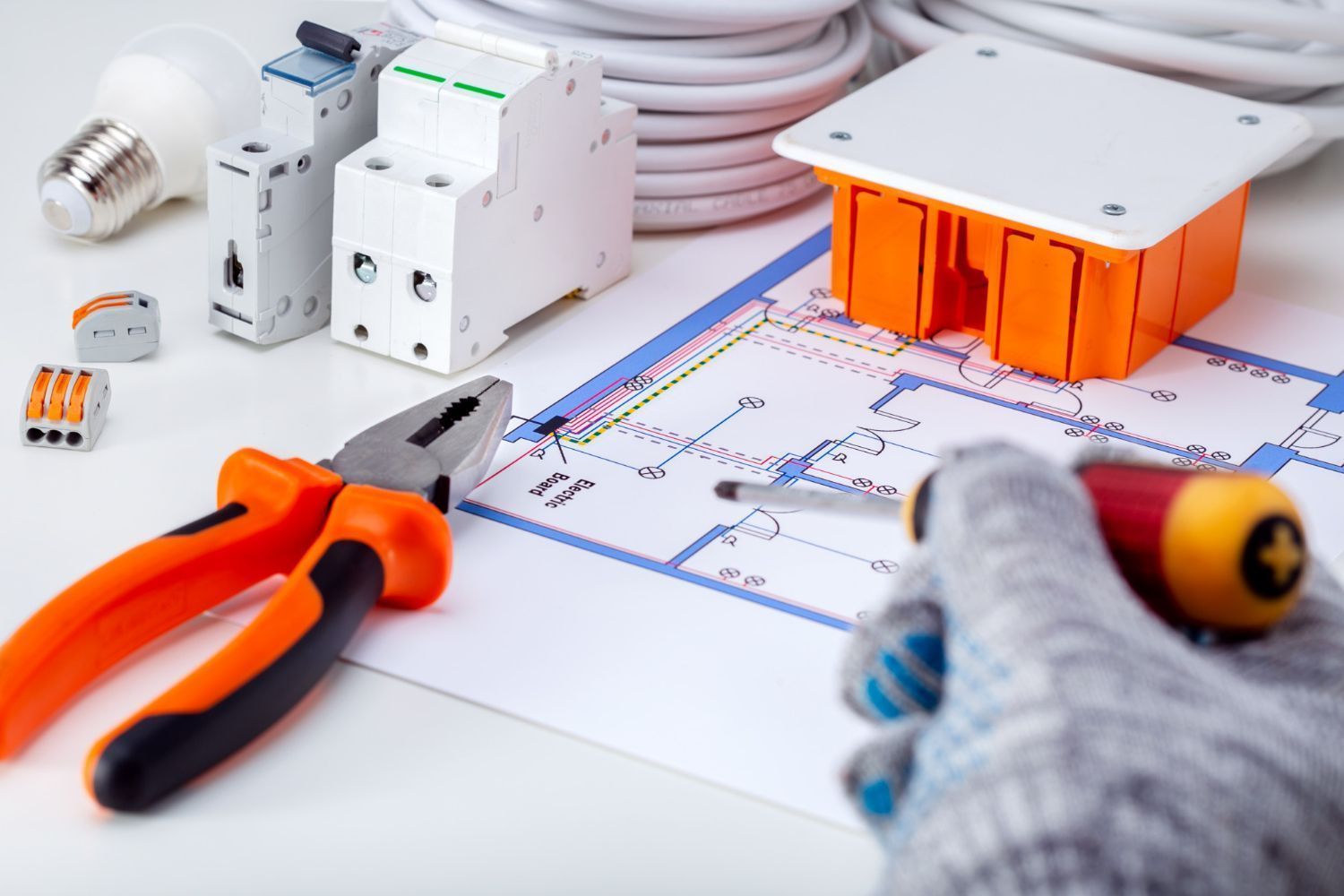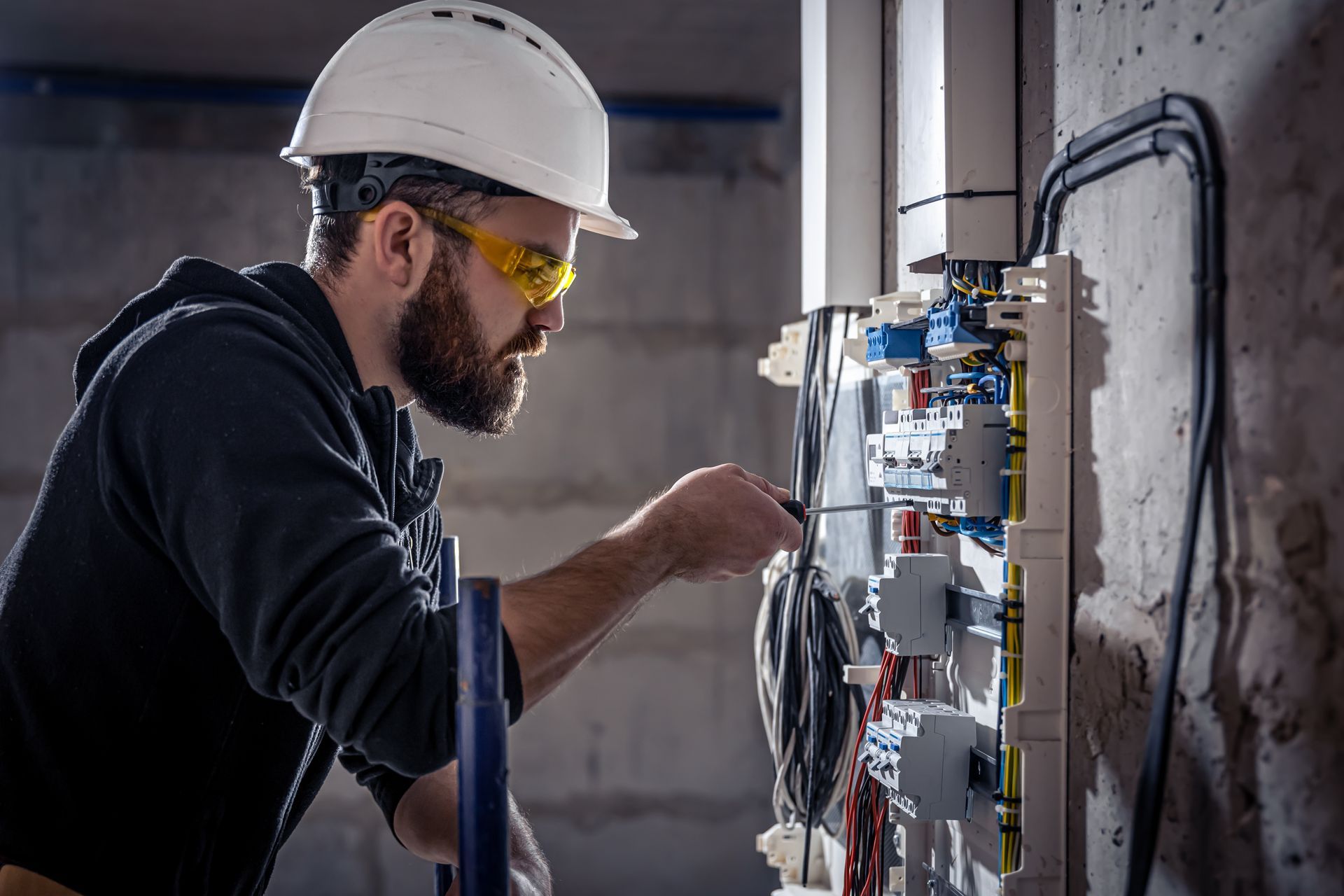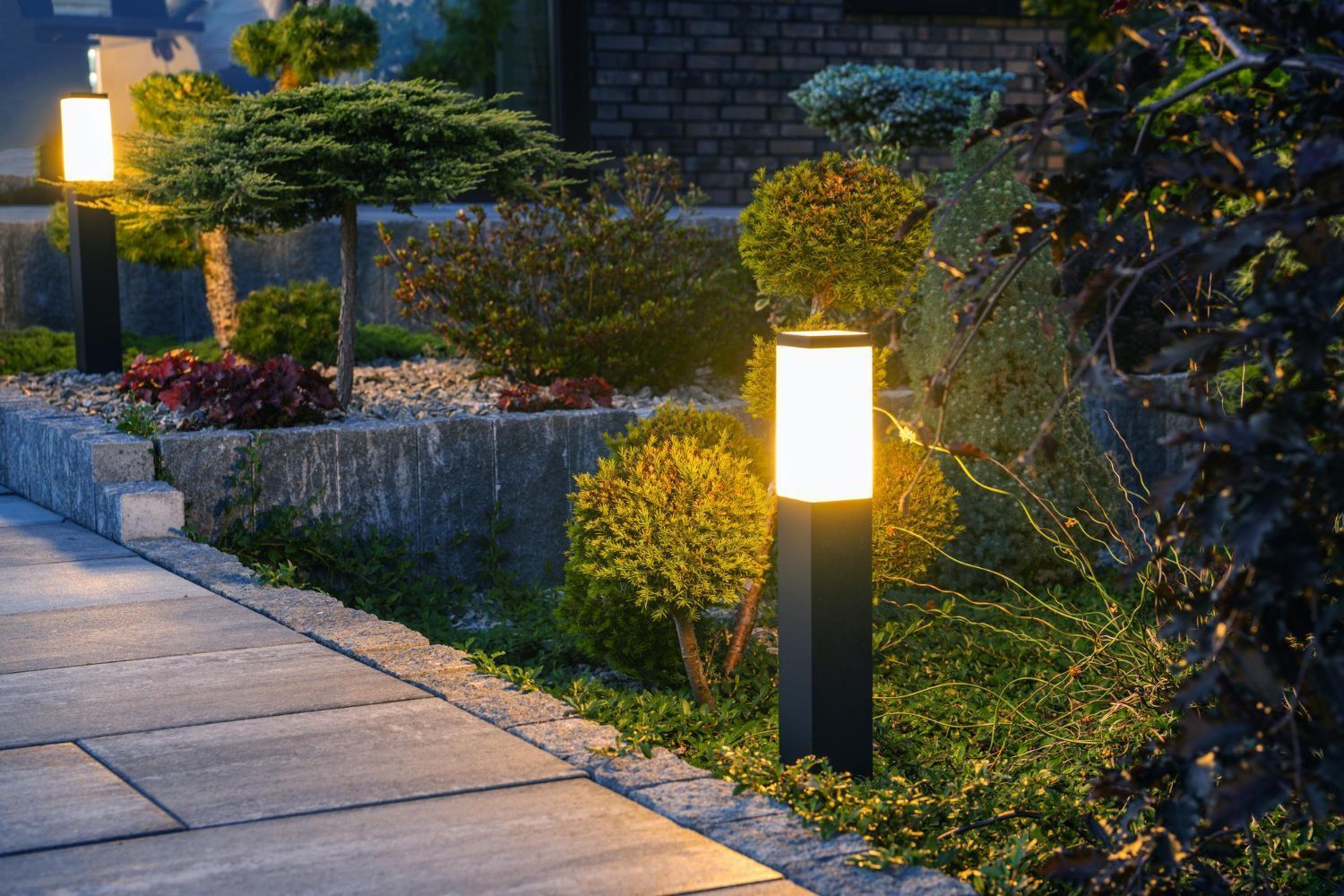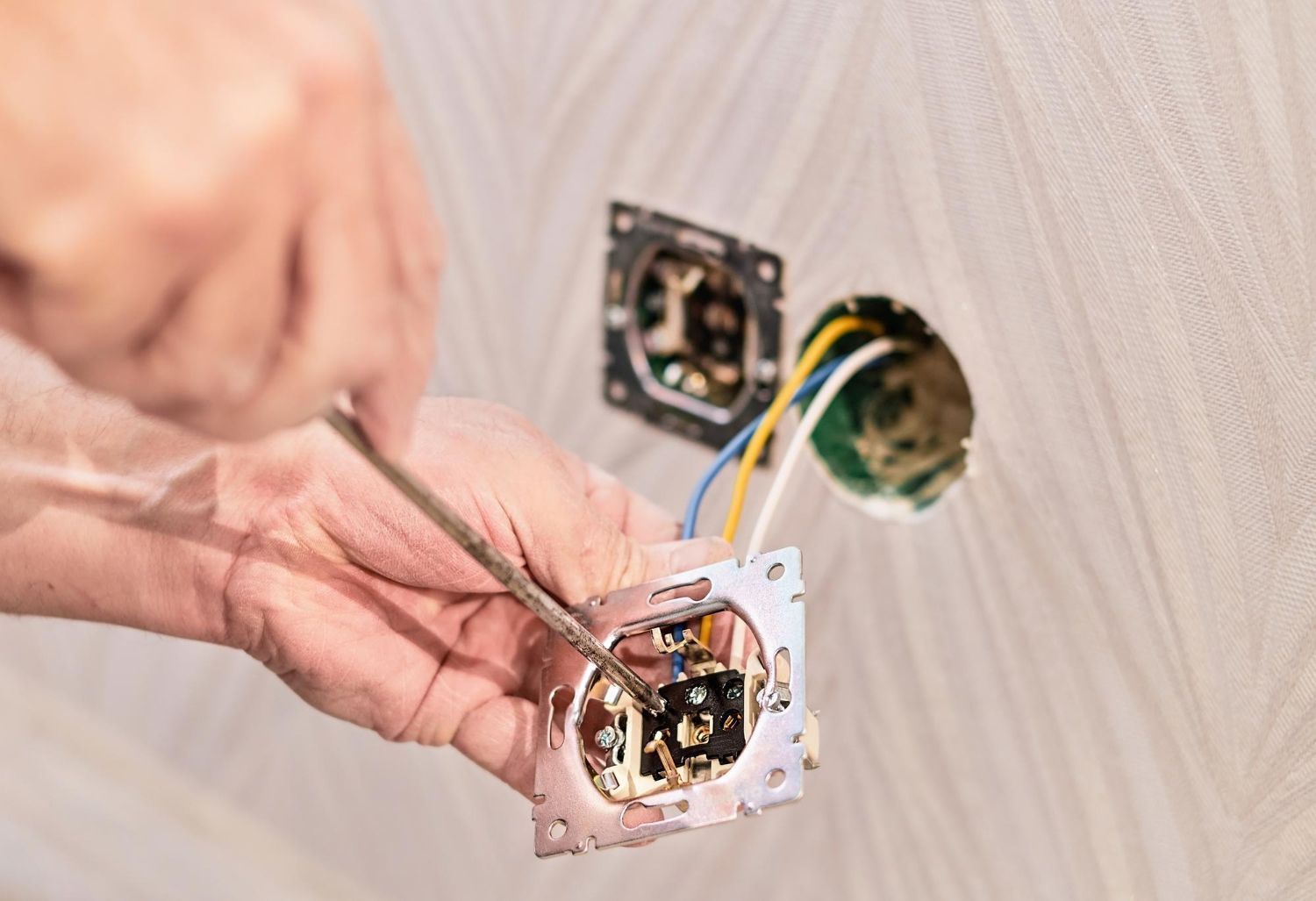The Homeowner’s Guide to Electrical Maintenance
Keeping your home’s electrical system in good condition is one of the most important parts of homeownership. From powering your appliances to keeping your family safe, a well-maintained system provides both convenience and security. However, electrical systems are often overlooked until something goes wrong. This guide will walk you through the essentials of electrical upkeep, offering practical steps and a clear home electrical maintenance checklist to help you stay on top of your system.
Whether you’re wondering how often to inspect wiring or you’re simply looking for easy electrical maintenance tips for homeowners, this guide will help you understand what you need to know.
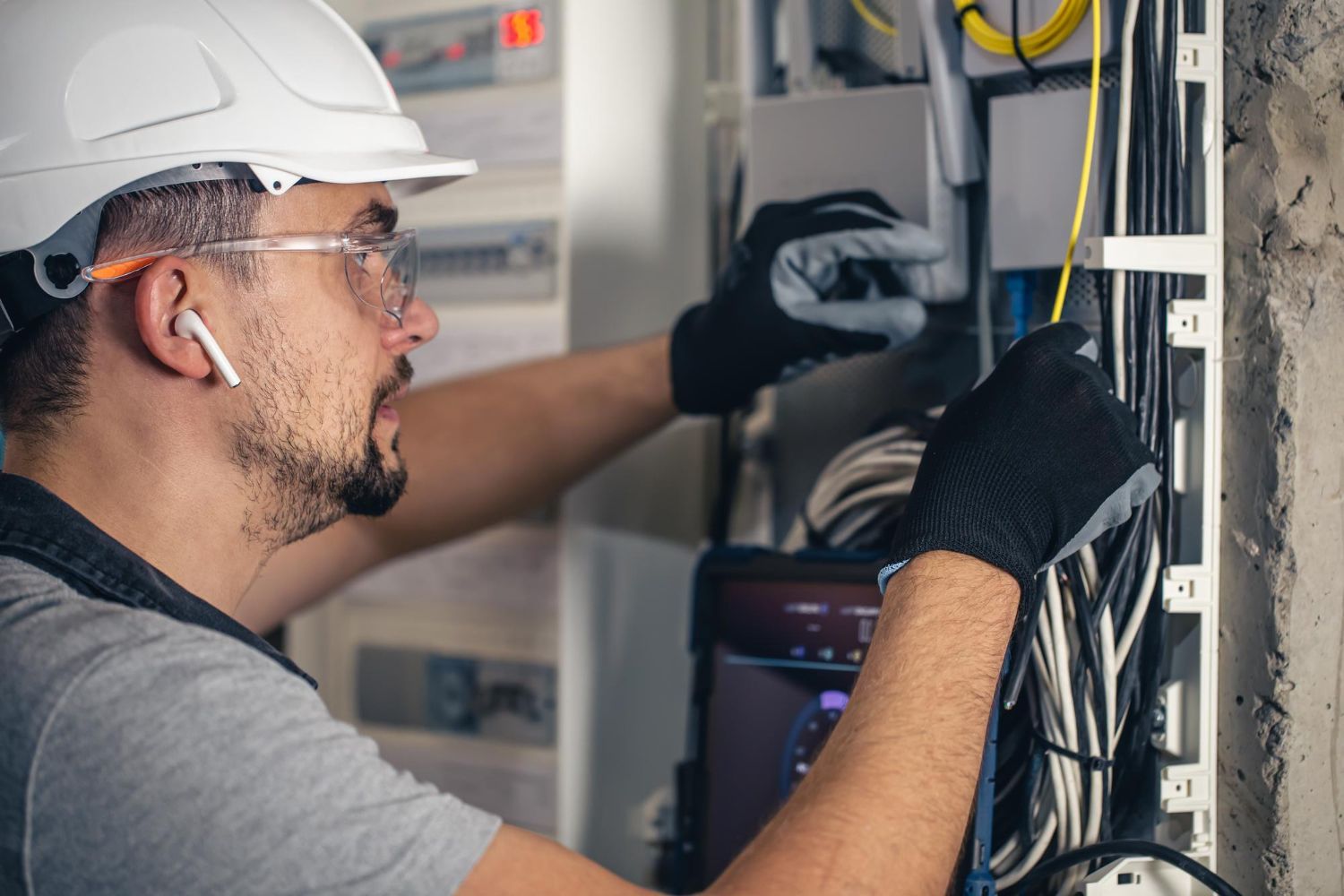
Why Electrical Maintenance Matters
Every modern home depends heavily on electricity. From lighting and heating to cooking and entertainment, your electrical system is always working behind the scenes. Unfortunately, because it’s hidden in walls and ceilings, problems often go unnoticed until they cause significant damage or create safety risks.
Routine maintenance helps prevent these issues by catching early warning signs. Neglected systems can lead to power outages, damaged appliances, or even electrical fires. For Texas homeowners in areas like Georgetown and Austin, where summer heat often pushes air conditioning systems to their limits, ensuring your electrical panel and circuits are properly maintained is even more critical.
Regular attention not only keeps your household safe but also extends the life of your system, saving you money in the long run.
The Home Electrical Maintenance Checklist
To stay proactive, every homeowner should have a reliable home electrical maintenance checklist. Here are some of the most important steps to include:
- Check outlets and switches – Make sure none feel warm to the touch, emit sparks, or show discoloration. Replace any that do.
- Test ground-fault circuit interrupters (GFCIs) – These are the outlets typically found in kitchens, bathrooms, and outdoor areas. Press the test button monthly to ensure proper function.
- Inspect extension cords – Avoid overloading them and replace cords that are frayed or damaged.
- Examine light fixtures – Confirm that the wattage of the bulbs matches the fixture rating. Using higher-watt bulbs can lead to overheating.
- Look at your electrical panel – Check for tripped breakers, rust, or buzzing sounds, which could indicate underlying issues.
- Monitor appliance performance – Flickering lights, frequent power surges, or appliances shutting down unexpectedly can be signs of wiring issues.
- Schedule professional inspections – A licensed electrician should examine your system periodically for hidden issues.
Keeping this checklist handy will make it easier to track your electrical system’s health and address problems before they escalate.
How Often to Inspect Wiring and Other Electrical Components
One of the most common homeowner questions is: How often should I inspect wiring? The answer depends on the age of your home and your usage.
For homes under 10 years old, an inspection every 3–5 years is usually sufficient. However, if your home is older than 40 years, inspections should be more frequent, ideally every 1–2 years. Renovations, new appliance installations, or frequent breaker trips are also signs you should schedule an inspection sooner.
Wiring is not the only component that needs attention. Circuit breakers, smoke detectors, and surge protectors should also be checked regularly. In Georgetown and Austin, where storms can be severe, surge protection is especially important to safeguard electronics and appliances.
Routine inspections performed by licensed professionals can identify aging wires, loose connections, or unsafe DIY work done by previous homeowners. Early intervention can prevent hazards and save you from costly repairs.
Electrical Maintenance Tips for Homeowners
While some tasks require professional expertise, there are plenty of electrical maintenance tips for homeowners that can be managed independently. Following these practices helps reduce risks and keeps your system in better shape:
- Avoid overloading outlets – To avoid tripped breakers and potential overheating, don't plug too many things into one outlet. Use power strips with surge protection instead.
- Unplug unused electronics – Devices draw power even when turned off, which can increase your utility bills.
- Keep cords out of walkways – Prevent tripping hazards and reduce wear and tear on cords.
- Install childproof outlets – If you have young children, safety covers reduce the risk of accidental shocks.
- Pay attention to unusual signs – Buzzing sounds, flickering lights, or frequent breaker trips should never be ignored.
Homeowners can safely handle these simple steps, but for anything beyond the basics, calling a licensed electrician is always the right choice.
When to Call a Professional Electrician
Knowing when to pick up the phone and call for help is just as important as maintaining your checklist. Some electrical issues require immediate professional attention.
Here are situations where you should contact an electrician right away:
- Breakers that trip frequently, even after resetting
- Outlets or switches that are warm, buzzing, or sparking
- Persistent burning smells near outlets or your panel
- Lights that flicker throughout the house
- Old wiring (aluminum or knob-and-tube) that hasn’t been updated
- Power surges damaging appliances or electronics
In these cases, delaying repairs can put your family and property at risk. Professional electricians have the training and tools to identify problems safely and provide long-term solutions.
Why Choose Blue Light Electric, LLC in Georgetown & Austin, TX
Finding a trustworthy electrician is essential for any homeowner. At
Blue Light Electric, LLC, we provide expert service tailored to the needs of Georgetown and Austin residents. Our team understands the unique challenges Texas homeowners face, from aging wiring in older homes to the heavy electrical demand of modern households.
We believe in thorough inspections, clear communication, and safe solutions for every project. Whether you’re looking for a routine electrical check-up or urgent repair work, we’re here to help.
Keeping Your Home Safe and Powered with Blue Light Electric, LLC
Electrical systems are the backbone of every modern home, yet they’re often neglected until something goes wrong. By following a home electrical maintenance checklist, knowing how often to inspect wiring, and applying smart electrical maintenance tips for homeowners, you can keep your home safer, more efficient, and more reliable. We also install
interior,
exterior, and
landscape lighting.
Waiting to address a minor electrical issue can lead to a much bigger problem down the road. For professional, reliable, and friendly service, call
Blue Light Electric, LLC today at
(254) 987-8333. Whether you live in Georgetown or Austin, TX, our team is ready to keep your home powered safely.
FAQs
How often should I have my home’s electrical system inspected?
For newer homes, every 3–5 years is typically enough. For older homes, inspections should be done every 1–2 years or after major renovations.
Can I do electrical maintenance on my own?
You can perform basic tasks such as testing GFCI outlets, checking for frayed cords, or changing bulbs. However, wiring issues, breaker problems, or panel work should always be left to professionals.
What are the signs of faulty wiring?
Common indicators include flickering lights, frequent breaker trips, burning smells, or outlets that feel hot. If you observe any of these signs, you should contact an electrician right away.
Do I need surge protection in my home?
Yes, especially in Texas, where storms can cause sudden power surges. Whole-house surge protectors are an excellent investment to protect your electronics and appliances.
Why do my breakers trip so often?
This often indicates an overloaded circuit or a problem with the wiring. A licensed electrician can pinpoint the cause and make any necessary upgrades to your panel or wiring.
